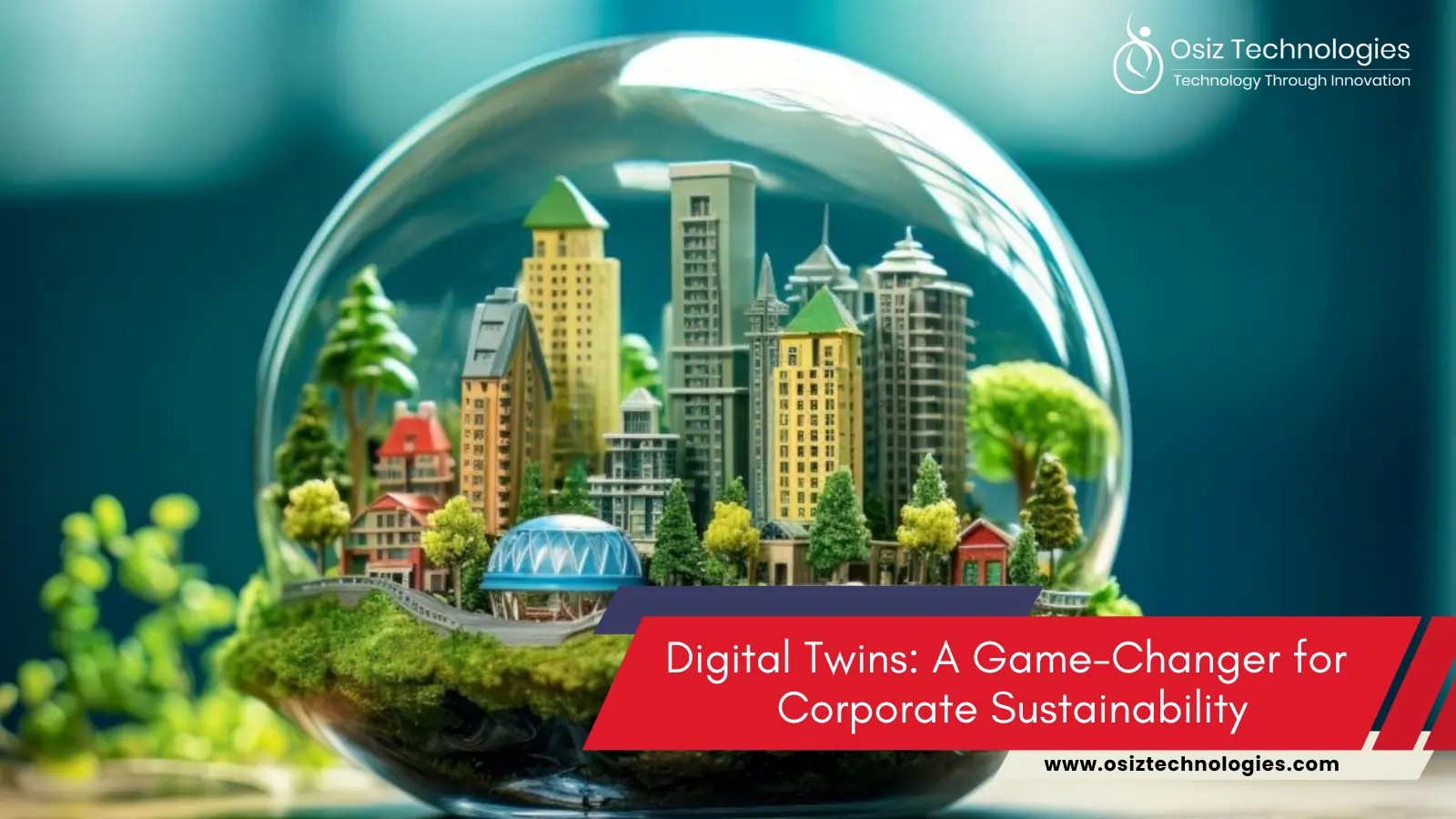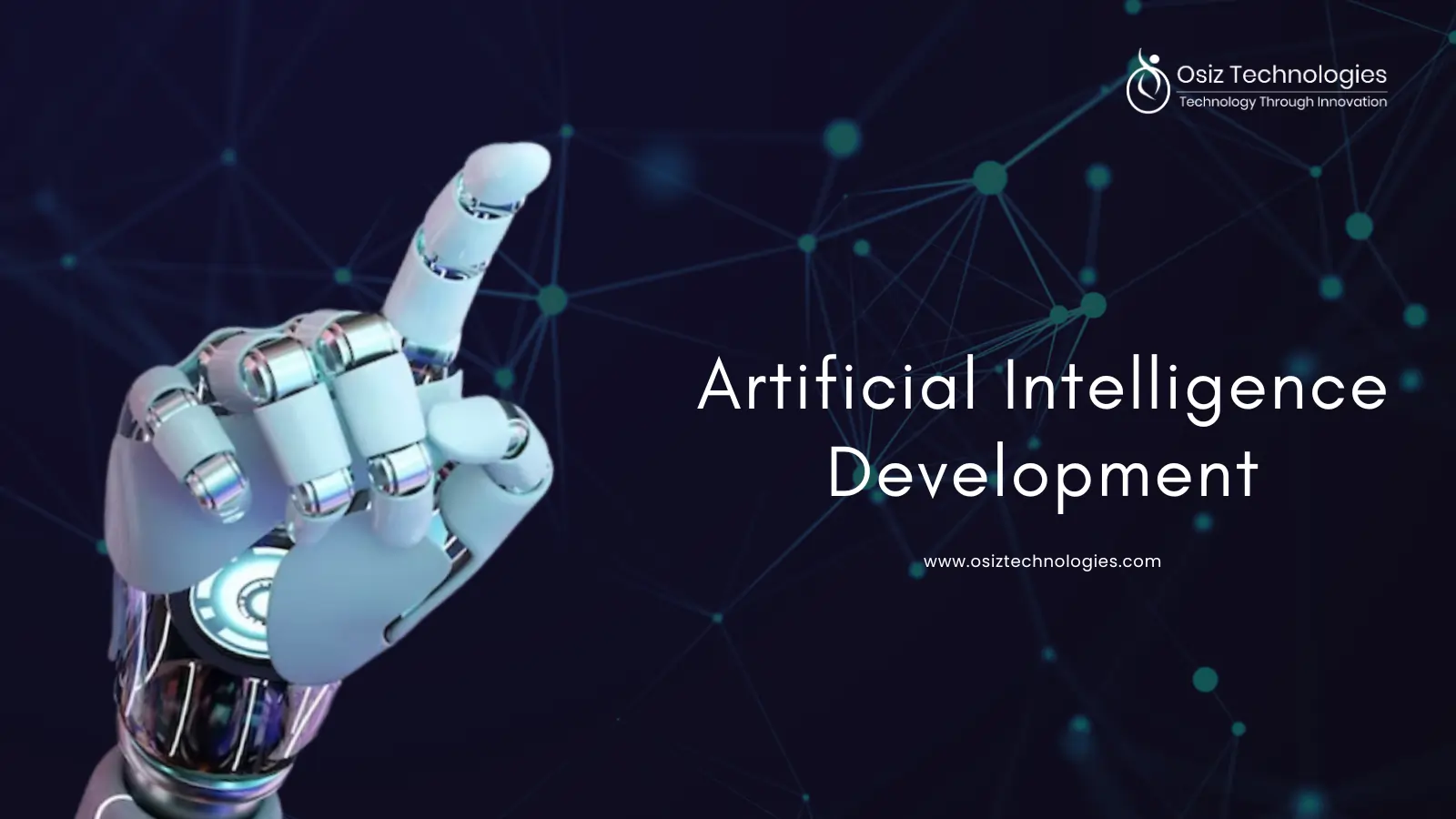Discover how digital twins revolutionize industries by optimizing resources, enhancing energy efficiency, and driving sustainable practices for a greener future.
What Is Digital twins?
Digital twins are virtual representations of physical objects, processes, or systems. They are created by integrating real-time data from sensors, IoT devices, and other sources to mimic the behavior and characteristics of their physical counterparts. Digital twins allow for remote monitoring, analysis, and simulation of the physical entity. It enables organizations to gain insights, optimize performance, and make informed decisions. These virtual models can range from individual components to entire systems, such as manufacturing equipment, buildings, supply chains, or even cities. The use of digital twins spans various industries, including manufacturing, healthcare, transportation, and urban planning, that offer opportunities for improved efficiency, innovation, and sustainability.
Key Benefits Of Digital Twins For Sustainability
The adoption of digital twins offers several key benefits for enhancing sustainability across industries
Resource Optimization
Digital twins enable organizations to monitor resource usage in real-time and identify inefficiencies. By analyzing data from virtual models, companies can optimize processes, minimize waste, and reduce resource consumption, leading to cost savings and environmental benefits.
Energy Efficiency
Digital twins provide insights into energy consumption patterns and help identify opportunities for optimization. By simulating different scenarios and analyzing energy usage data, organizations can implement strategies to reduce energy waste, increase efficiency, and lower carbon emissions.
Supply Chain Transparency
Transparency is essential for sustainable supply chain management. Digital twins offer end-to-end visibility by tracking products from sourcing to delivery. This transparency enables organizations to identify risks, reduce waste, ensure ethical sourcing practices, and enhance overall supply chain sustainability.
Predictive Maintenance
By monitoring equipment and assets through digital twins, organizations can predict maintenance needs and prevent unplanned downtime. This proactive approach minimizes resource waste, extends asset lifespan, and reduces the environmental impact associated with equipment failures and replacements.
Product Lifecycle Management
Digital twins facilitate better management of product lifecycles from design to disposal. By tracking products' environmental footprint and performance data throughout their lifecycle, organizations can make informed decisions to minimize waste, optimize product design, and improve overall sustainability.
Risk Mitigation
Digital twins allow organizations to simulate various scenarios and assess potential risks to operations and the environment. By proactively identifying and addressing risks, such as supply chain disruptions or environmental impacts, companies can enhance resilience and minimize negative consequences.
Continuous Improvement
Digital twins provide a platform for continuous monitoring, analysis, and optimization. By leveraging real-time data and analytics, organizations can continuously improve processes, reduce environmental impact, and drive ongoing sustainability initiatives.
How Digital Twins Boost Sustainability?
Digital twins boost sustainability by enabling real-time monitoring and optimization of resources, enhancing energy efficiency, and improving operational effectiveness across various industries. By providing detailed insights into resource utilization, energy consumption, and equipment conditions, digital twins help companies minimize waste, reduce emissions, and extend the lifespan of assets through predictive maintenance. They enhance supply chain transparency and facilitate better lifecycle management of products, supporting sustainable practices and a circular economy. Overall, digital twins empower organizations to make data-driven decisions that significantly lower their environmental impact
Real-time Usecases Of Digital Twins In Boosting Sustainability
Here are some real-world examples of how digital twins are being used to enhance sustainability across various industries:
Siemens and Smart Infrastructure
Siemens has implemented digital twins to manage and optimize the energy consumption of buildings. Their technology integrates real-time data from building systems to create virtual models that monitor and control energy use, leading to significant reductions in energy consumption and carbon emissions.
Unilever and Supply Chain Optimization
Unilever uses digital twins to improve the efficiency and sustainability of its supply chain. By creating virtual models of their manufacturing processes and logistics networks, they can simulate different scenarios, optimize production schedules, and reduce waste and emissions. This approach has helped Unilever make its supply chain more resilient and sustainable.
General Electric (GE) and Wind Farms
GE employs digital twins for its wind turbines. By continuously monitoring and analyzing data from each turbine, GE can optimize performance and predict maintenance needs. This predictive maintenance reduces downtime, extends the life of the turbines, and maximizes the production of renewable energy, contributing to sustainability goals.
Singapore and Urban Planning
The city-state of Singapore uses digital twins to create a virtual model of the entire city. This digital twin helps urban planners and policymakers simulate and analyze various urban development scenarios, optimize traffic flow, manage utilities, and plan for sustainable growth. The insights gained from these simulations help reduce environmental impact and improve the quality of life for residents.
BP and Offshore Drilling
BP uses digital twins to monitor and manage its offshore oil rigs. By creating virtual models of the rigs and integrating real-time data from sensors, BP can optimize operations, predict equipment failures, and minimize environmental risks. This approach enhances safety, reduces downtime, and minimizes the environmental impact of drilling activities.
Wrapping Up
Embracing digital twin technology represents a significant step towards achieving sustainability goals in today's business environment. As organizations continue to face increasing pressure to reduce their environmental footprint, the ability to simulate, monitor, and optimize operations in real-time becomes invaluable. Digital twins not only enhance efficiency and reduce waste but also pave the way for innovative solutions to some of the most pressing environmental challenges. By integrating digital twins into their strategies, companies can drive sustainable growth, improve resilience, and contribute to a more sustainable future for all. The journey towards sustainability is continuous, and digital twins offer a dynamic, data-driven approach to navigating this path effectively. Contact a Sustainability Consulting Company like osiz and feel free to discuss about your queries.
Listen To The Article
Recent Blogs

Black Friday 30%
Offer










